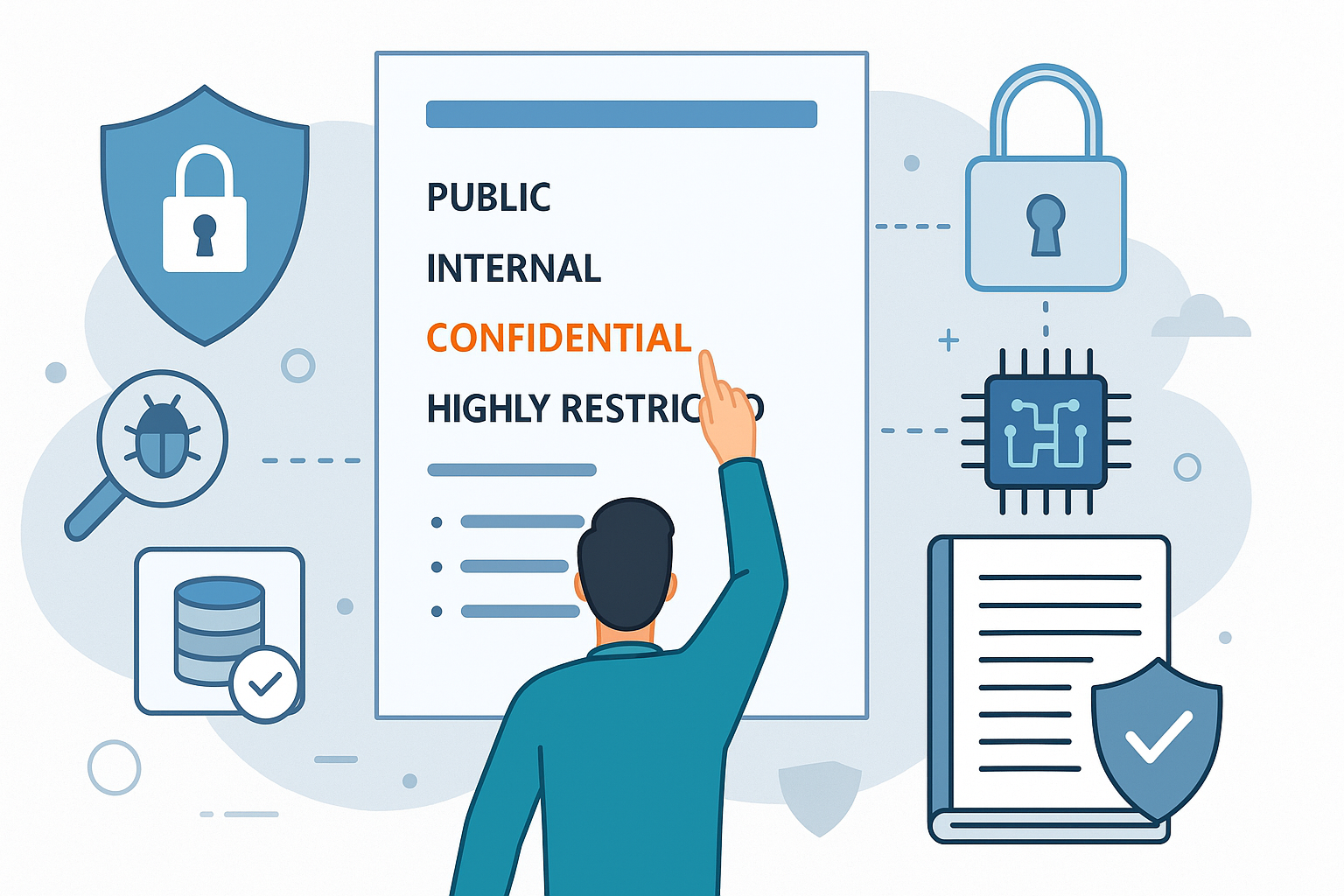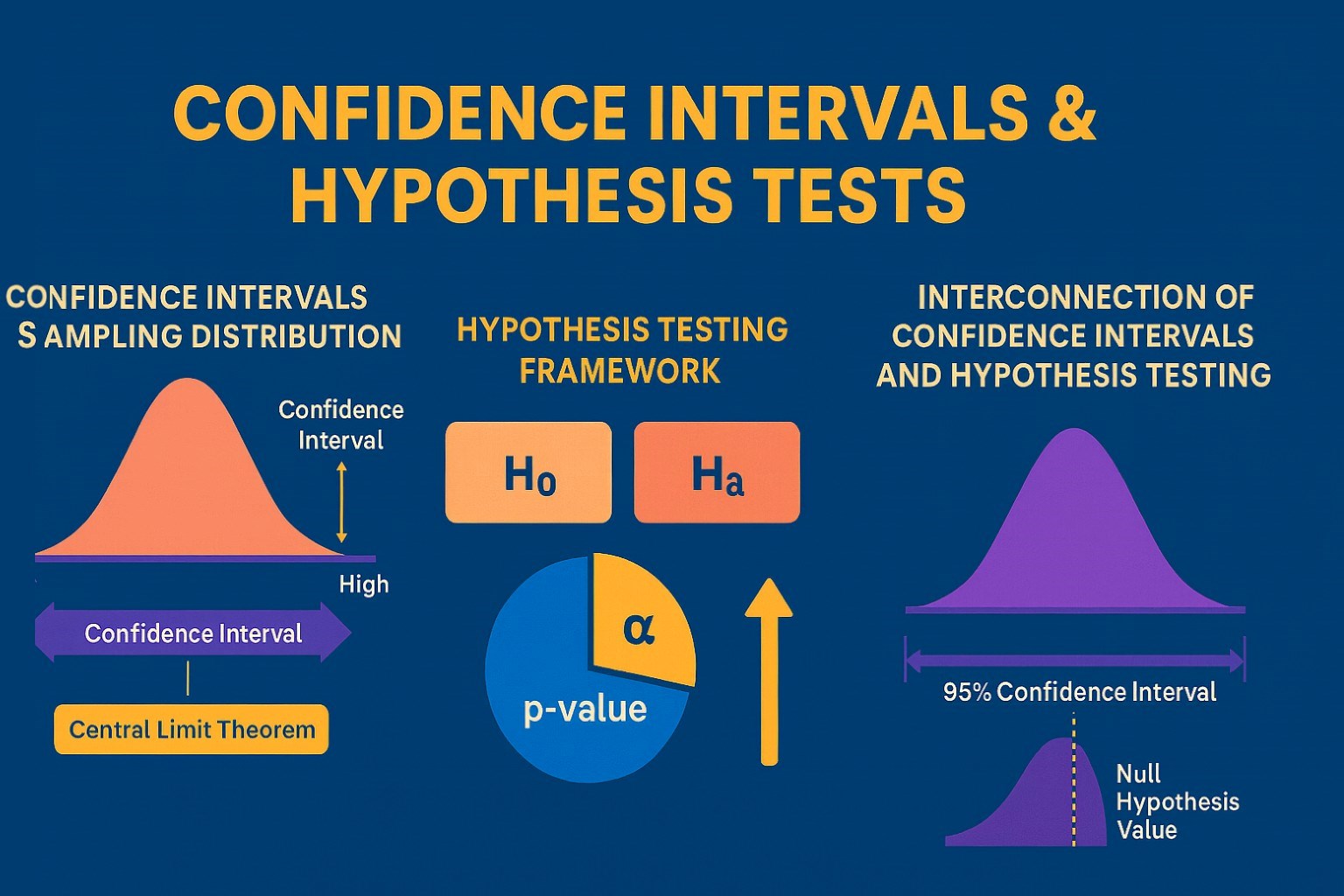Six Sigma Green Belt Practice Exam

Six Sigma Green Belt Practice Exam
Preparing for the Six Sigma Green Belt Training and certification can be a pivotal step in advancing your career in quality management. Whether you're looking for a Six Sigma Green Belt practice test, Lean Six Sigma Green Belt practice test, or specific test questions, numerous resources are available to help you succeed.
Introduction to Six Sigma Green Belt Certification Preparation
The Six Sigma Green Belt certification test assesses your understanding of Six Sigma principles, methodologies, and tools. Utilizing a Lean Six Sigma Green Belt practice test allows you to evaluate your knowledge of key concepts such as DMAIC, process improvement, and statistical analysis. By practicing with Six Sigma Green Belt test questions, you can identify areas where you may need further study, enhancing your overall readiness.
Whether you are seeking practice questions or a comprehensive Six Sigma Green Belt practice exam, these resources are designed to boost your confidence and performance. By regularly testing your knowledge, you can ensure that you are well-equipped to tackle the challenges of the Lean Six Sigma Green Belt certification and excel in your professional journey.
Top 20 Six Sigma Green Belt test questions and answer
Here are 20 sample exam questions with answers for Six Sigma Green Belt and Lean Six Sigma certification programs, formatted as multiple-choice questions:
Question 1: What are the key principles of Six Sigma?
A) Focus on the customer, improve continuously, manage by facts
B) Increase production speed, reduce employee count, minimize costs
C) Centralize decision-making, focus on short-term gains, manage by intuition
D) Improve marketing, expand customer base, increase profit margins
Correct Answer: A) Focus on the customer, improve continuously, manage by facts
Explanation:
Six Sigma's key principles include a customer-centric approach, continuous improvement, and data-driven decision-making. These principles ensure that process improvements align with customer expectations and business goals.
Question 2: Which of the following is NOT a phase of the DMAIC methodology?
A) Define
B) Analyze
C) Inspect
D) Control
Answer: C) Inspect
Explanation:
The DMAIC methodology, used for process improvement in Six Sigma, consists of five phases: Define, Measure, Analyze, Improve, and Control. "Inspect" is not a phase in this methodology.
Question 3: What does "Critical to Quality" (CTQ) refer to?
A) A measure of employee satisfaction
B) A customer's specific requirements
C) A financial metric
D) A company's market share
Answer: B) A customer's specific requirements
Explanation:
CTQ refers to attributes that are critical to the quality of a product or service and directly impact customer satisfaction. Identifying CTQs helps businesses focus on aspects that matter most to their customers.
Question 4: In a Six Sigma project, which tool visually maps out a process?
A) Pareto Chart
B) Scatter Plot
C) Process Flowchart
D) Histogram
Answer: C) Process Flowchart
Explanation:
A Process Flowchart is a diagrammatic representation of a process that helps visualize the sequence of steps involved.
Question 5: What is the purpose of a Fishbone Diagram in Six Sigma?
A) To track project timelines
B) To identify potential causes of a problem
C) To measure customer satisfaction
D) To allocate resources
Answer: B) To identify potential causes of a problem
Explanation:
The Fishbone Diagram, also known as the Ishikawa or Cause-and-Effect Diagram, helps identify potential causes of a specific problem. It's a valuable tool for root cause analysis, encouraging teams to explore all possible causes and their effects.
Question 6: In Six Sigma, what is "Process Mapping" used for?
A) Analyzing financial data
B) Identifying non-value-added steps
C) Designing marketing strategies
D) Training employees
Answer: B) Identifying non-value-added steps
Explanation:
Process Mapping involves creating a detailed flowchart of a process to identify inefficiencies and areas for improvement. It helps pinpoint non-value-added steps, enabling teams to streamline processes for increased efficiency and quality.
Question 7: What role does the "Champion" play in a Six Sigma project?
A) They perform statistical analysis
B) They lead team meetings
C) They sponsor and support the project
D) They train Green Belts
Answer: C) They sponsor and support the project
Explanation:
In a Six Sigma project, the Champion is an executive or senior manager who provides support and resources to the project team. They help remove barriers and ensure the project's alignment with organizational goals.
Question 8: How is "Voice of the Customer" (VOC) utilized in Six Sigma?
A) To enhance employee productivity
B) To prioritize business processes
C) To understand customer requirements and expectations
D) To determine financial benchmarks
Answer: C) To understand customer requirements and expectations
Explanation: VOC is a Six Sigma tool that gathers and analyzes customer feedback to identify needs and expectations.
Question 9: What is "Value Stream Mapping" used for in Lean Six Sigma?
A) To analyze market trends
B) To identify value-added and non-value-added activities
C) To assess financial performance
D) To map competitor strategies
Answer: B) To identify value-added and non-value-added activities
Explanation:
Value Stream Mapping visualizes the flow of materials and information through a process. It highlights value-added and non-value-added activities, helping teams identify improvement and waste reduction areas.
Question 10: Which tools are used to assess process stability?
A) Fishbone Diagram
B) Control Chart
C) Histogram
D) Flowchart
Correct Answer: B) Control Chart
Explanation:
A Control Chart is a statistical tool that monitors process stability over time. It displays data points and control limits, allowing teams to identify variations and maintain process control.
Question 11: What does "Kaizen" mean in the context of Lean Six Sigma?
A) Rapid process change
B) Continuous improvement
C) Employee empowerment
D) Cost reduction
Correct Answer: B) Continuous improvement
Explanation:
Kaizen is a Japanese term that translates to "continuous improvement." It emphasizes small, incremental changes to improve processes and achieve long-term success in Lean Six Sigma practices.
Question 12: How is "Cycle Time" defined in Lean Six Sigma?
A) The time taken to train employees
B) The time between project phases
C) The time required to complete a process
D) The time to achieve financial goals
Correct Answer: C) The time required to complete a process
Explanation:
Cycle Time measures the total time taken to complete a specific process from start to finish. It's a crucial metric in Lean Six Sigma for identifying inefficiencies and optimizing process flow.
Question 13: What is the purpose of a "5 Whys" analysis?
A) To explore financial opportunities
B) To understand employee needs
C) To determine the root causes of problems
D) To assess customer satisfaction
Correct Answer: C) To determine the root causes of problems
Explanation:
The "5 Whys" analysis is a problem-solving technique used to explore the root cause of a problem by asking "why" multiple times. It helps identify the underlying issues leading to defects or inefficiencies.
Question 14: What is the purpose of a Process Capability Index (Cp/Cpk)?
A. To measure process performance relative to specifications.
B. To identify the most significant causes of a problem.
C. To analyze process flow.
D. To display data distribution.
Correct Answer: A. To measure process performance relative to specifications.
Explanation:
The Process Capability Index (Cp/Cpk) is a statistical measure used in Six Sigma to evaluate how well a process meets its specified limits. It compares the process's inherent variability to the allowable specification limits, indicating the capability of producing within those limits.
Question 15: What is a Pareto chart used for?
A. To identify the most significant causes of a problem.
B. To display data distribution.
C. To analyze process flow.
D. To measure process capability.
Correct Answer: A. To identify the most significant causes of a problem.
Explanation:
A Pareto chart is a type of bar graph that helps prioritize the most significant factors contributing to a problem by displaying them in descending order. It follows the Pareto Principle, often known as the 80/20 rule, which states that 80% of problems are typically caused by 20% of the causes, allowing teams to focus on the most impactful areas for improvement.
Question 16: What is DPMO (Defects Per Million Opportunities)?
A. measure of process quality.
B. statistical process control tool.
C. project management technique.
D. A data collection method.
Correct Answer: A. A measure of process quality.
Explanation:
DPMO (Defects Per Million Opportunities) is a metric used to assess process quality by quantifying the number of defects per one million opportunities.
Question 17: What is the Six Sigma level of quality?
A. 3.4 defects per million opportunities.
B. 6.0 defects per million opportunities.
C. 9.0 defects per million opportunities.
D. 12.0 defects per million opportunities.
Answer: 3.4 defects per million opportunities.
Explanation:
The Six Sigma level of quality is defined as having 3.4 defects per million opportunities (DPMO). This standard represents near-perfect process performance, aiming to minimize defects and variability in manufacturing and business processes.
Question 18: What is the primary purpose of the Define phase in the DMAIC process?
A) To create solutions for process problems
B) To outline the project scope and goals
C) To implement process changes
D) To collect data
Correct Answer: B) To outline the project scope and goals
Explanation:
In the Define phase of the DMAIC process, the primary goal is to set the project scope, objectives, and deliverables, ensuring a clear understanding of the problem and customer requirements. This phase sets the foundation for the entire Six Sigma project by clearly defining the problem statement and the project charter.
Question 19: What is a Control Chart used for in Six Sigma?
A) To display data distribution
B) To track changes in process performance over time
C) To prioritize problem causes
D) To calculate process capability
Correct Answer: B) To track changes in process performance over time
Explanation:
A Control Chart is a statistical tool that monitors process stability and performance over time by plotting data points and comparing them against control limits. It helps identify trends, shifts, or unusual variations, allowing teams to take corrective actions before defects occur.
Question 20: What does a high Cpk value indicate in Six Sigma?
A) Poor process performance
B) High process capability
C) Increased defect rate
D) Narrow process limits
Correct Answer: B) High process capability
Explanation:
A high Cpk value indicates that the process can produce outputs that meet specifications with minimal variation, reflecting high process performance. A higher Cpk signifies that the process mean is centered between the specification limits and has fewer defects.
Question 21: In Six Sigma, what is the Pareto Principle often used for?
A) 70/30 rule
B) 50/50 rule
C) 80/20 rule
D) 60/40 rule
Correct Answer: C) 80/20 rule
Explanation:
The Pareto Principle, or 80/20 rule, states that approximately 80% of effects come from 20% of causes. Six Sigma helps prioritize problem areas with the most significant impact, allowing practitioners to focus on the most critical issues that will yield the greatest improvements.
Question 22: What is the primary goal of statistical process control (SPC)?
A) To reduce production time
B) To maintain process stability and control
C) To increase market share
D) To enhance financial performance
Correct Answer: B) To maintain process stability and control
Explanation:
Statistical Process Control (SPC) uses statistical methods to monitor and control a process, ensuring its stability and consistency over time, which is vital for maintaining product quality. It involves using tools like control charts to detect variations and deviations from the norm, allowing timely interventions to maintain desired process outcomes.
Conclusion
In conclusion, preparing for the Six Sigma Green Belt certification test is essential for anyone looking to enhance their quality management and process improvement skills. Utilizing a Six Sigma Green Belt practice test assesses your knowledge and readiness for the exam. By familiarizing yourself with Six Sigma Green Belt test questions, you can identify areas requiring further study and practice.
Additionally, engaging with Lean Six Sigma Green Belt test questions and taking advantage of a Lean Six Sigma Green Belt practice test will deepen your understanding of key concepts such as DMAIC, statistical analysis, and process optimization.
Take the next step towards your professional goals in Six Sigma Green Belt
Don't hesitate to talk with our course advisor right now
Receive a call
Contact NowMake a call
+1-732-338-7323Latest blogs on technology to explore

From Student to AI Pro: What Does Prompt Engineering Entail and How Do You Start?
Explore the growing field of prompt engineering, a vital skill for AI enthusiasts. Learn how to craft optimized prompts for tools like ChatGPT and Gemini, and discover the career opportunities and skills needed to succeed in this fast-evolving indust

How Security Classification Guides Strengthen Data Protection in Modern Cybersecurity
A Security Classification Guide (SCG) defines data protection standards, ensuring sensitive information is handled securely across all levels. By outlining confidentiality, access controls, and declassification procedures, SCGs strengthen cybersecuri

Artificial Intelligence – A Growing Field of Study for Modern Learners
Artificial Intelligence is becoming a top study choice due to high job demand and future scope. This blog explains key subjects, career opportunities, and a simple AI study roadmap to help beginners start learning and build a strong career in the AI

Java in 2026: Why This ‘Old’ Language Is Still Your Golden Ticket to a Tech Career (And Where to Learn It!
Think Java is old news? Think again! 90% of Fortune 500 companies (yes, including Google, Amazon, and Netflix) run on Java (Oracle, 2025). From Android apps to banking systems, Java is the backbone of tech—and Sulekha IT Services is your fast track t

From Student to AI Pro: What Does Prompt Engineering Entail and How Do You Start?
Learn what prompt engineering is, why it matters, and how students and professionals can start mastering AI tools like ChatGPT, Gemini, and Copilot.

Cyber Security in 2025: The Golden Ticket to a Future-Proof Career
Cyber security jobs are growing 35% faster than any other tech field (U.S. Bureau of Labor Statistics, 2024)—and the average salary is $100,000+ per year! In a world where data breaches cost businesses $4.45 million on average (IBM, 2024), cyber secu

SAP SD in 2025: Your Ticket to a High-Flying IT Career
In the fast-paced world of IT and enterprise software, SAP SD (Sales and Distribution) is the secret sauce that keeps businesses running smoothly. Whether it’s managing customer orders, pricing, shipping, or billing, SAP SD is the backbone of sales o

SAP FICO in 2025: Salary, Jobs & How to Get Certified
AP FICO professionals earn $90,000–$130,000/year in the USA and Canada—and demand is skyrocketing! If you’re eyeing a future-proof IT career, SAP FICO (Financial Accounting & Controlling) is your golden ticket. But where do you start? Sulekha IT Serv

Train Like an AI Engineer: The Smartest Career Move You’ll Make This Year!
Why AI Engineering Is the Hottest Skillset Right Now From self-driving cars to chatbots that sound eerily human, Artificial Intelligence is no longer science fiction — it’s the backbone of modern tech. And guess what? Companies across the USA and Can

Confidence Intervals & Hypothesis Tests: The Data Science Path to Generalization
Learn how confidence intervals and hypothesis tests turn sample data into reliable population insights in data science. Understand CLT, p-values, and significance to generalize results, quantify uncertainty, and make evidence-based decisions.